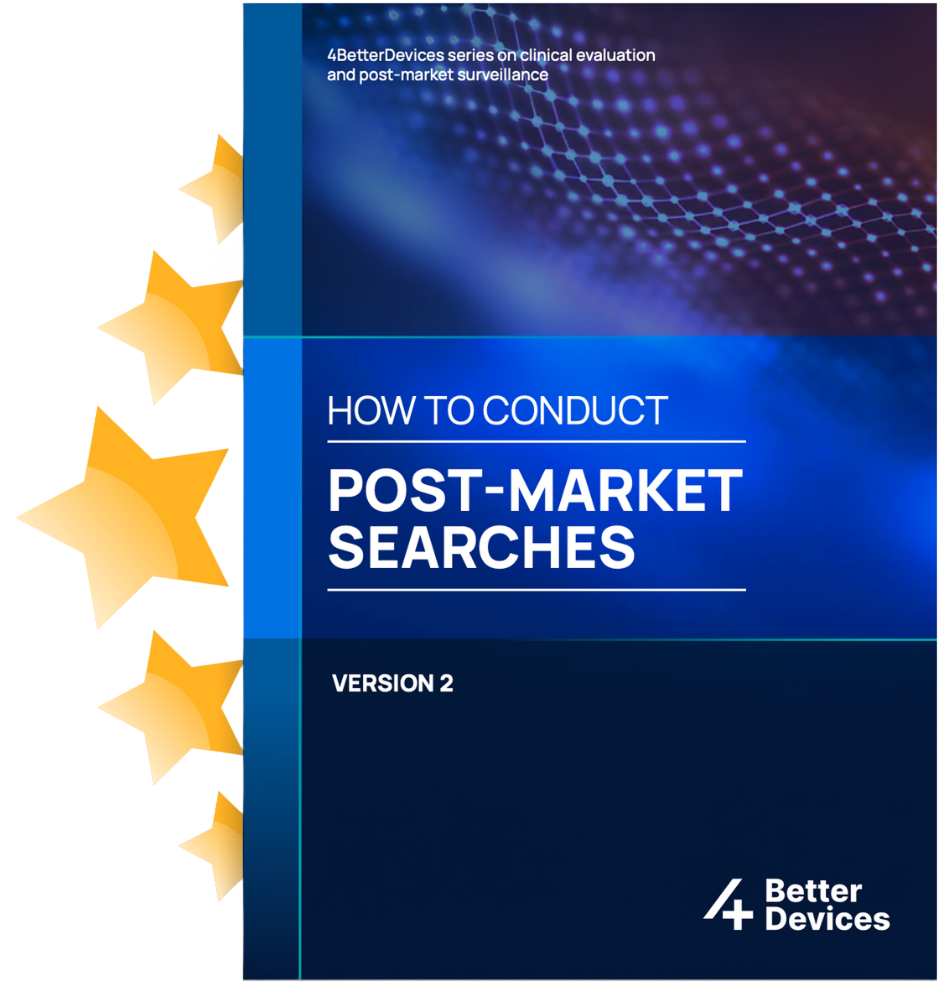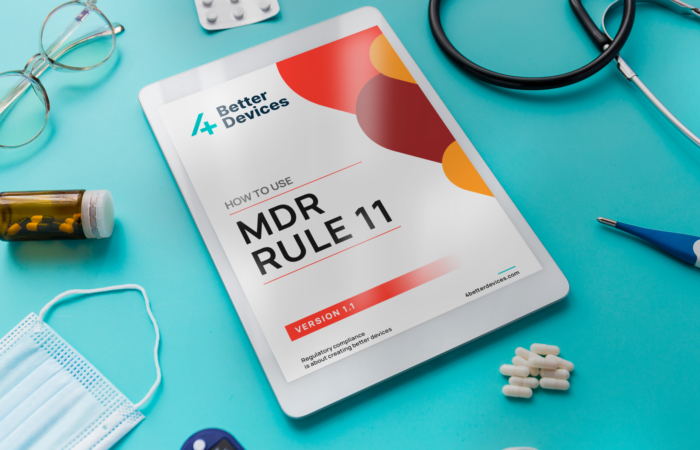Introduction
This series of articles on systematic searches and reviews seeks to address the gap left by current regulations and standards within the EU and globally. The lack of harmonization and guidance has led companies to adopt vastly different approaches, often resulting in wasted effort and resources on strategies that are impractical, ineffective, and still fall short of regulatory requirements.
One significant challenge lies in the widespread perception that systematic searches and reviews are primarily tied to clinical evaluation. This misconception likely originates because it was MEDDEV 2.7/1 that introduced these methodologies to the medical device field. As a result, many view systematic searches as a single, monolithic task—the literature search—meant to address all requirements in the technical documentation. In reality, systematic searches and reviews are the underpinning of a wide range of regulatory processes, including state of the art analyses, research and development, risk management, and post-market surveillance.
BOX1 : Search vs. Review
The terms “systematic search” and “systematic review” are not synonymous. A systematic review begins with a systematic search and then summarizes the results of the search qualitatively or quantitatively. For the technical documentation of your device, you will need both approaches.
Indeed, a technical documentation will typically require multiple searches and reviews (see Box 1). These typically include at least the following systematic searches:
• Post-market searches,
• Applicable regulations,
• Applicable standards,
• Applicable guidance, and
• Market analysis. and the following systematic reviews:
• Medical background, and
• Performance and safety of interventions.
From the above list, it should be evident that different searches and reviews serve distinct purposes. Unfortunately, this distinction is often misunderstood. For example, a common misconception is that all systematic searches in a technical file must be fully reproducible or exclusively include the highest levels of evidence. In reality, each search is designed with specific goals in mind, uses tailored search strategies, and targets different levels of evidence. For instance, post-market literature searches—discussed in detail in this document—prioritize breadth over reproducibility or level of evidence.
Post-market searches are literature searches (seeBox 2) aimed at identifying written information concerning the performance or safety of a specific medical device. These searches are also referred to as “PMCF” or “PMPF” searches. Indeed, under MDR and IVDR post-market searches are considered PMCF and PMPF general activities (MDR, Annex XIV, Part 6.2(a) and 6.2(f), IVDR, Annex XIII, Part 5.2(a) and 5.2(f), and MDCG 2020-7).
BOX 2 : Literature search
The term “literature search” is sometimes interpreted as synonymous with “search in scholarly articles”. This interpretation is incorrect. As explained in MEDDEV 2.7/1, Appendix A4, literature searches encompass any body of written work or documentation relevant to a particular research topic, which may also include internet searches and non-published data..
The fact that post-market searches are post-market activities does not mean that they must be conducted only after certification. On the contrary, manufacturers should start post-market searches concerning devices that are already on the market before starting certification and in parallel with state of the art analyses. Indeed, post-market searches don’t just target the device under evaluation, but also legacy, similar, and equivalent devices (see Box 3 for an explanation of these terms). The most efficient way to organize post-market searches is by producing a separate literature search protocols/reports for each device, including all its variants. If the device belongs to a device family1, we recommend conducting separate searches for each device in the family. This approach allows maximizing clarity as well reusability of the work, since the same report can be referenced in different processes. Post-market searches are systematic searches. This means that they must be planned, conducted, reported, and updated according to best practices. Below, we outline these best practices. In section 6 we provide examples of uses of data from post-market searches.
BOX 3 : Device under evaluation legacy, similar, and equivalent devices
The expression “device under evaluation” is not defined in the MDR, but it is used in MED-DEV 2.7/1 to denote the device that is being evaluated for conformity.According to MDCG 2020-6, “legacy device” is
any device all devices previously CE marked under MDD or AIMDD. In practice, the term is typically used during certification of a device under evaluation to denote a device from the
same manufacturer, bearing the same name, and CE marked under MDD or AIMDD. The device under evaluation and its corresponding legacy device are two distinct devices, even when they are technically identical. This distinction arises because, from a regulatory perspective, a device is not only the physical or software component but also the entirety of the device’s documentation and informational ma-
terials, which include its certification. According to MDCG 2020-6, “similar device” is any device belonging to the same “generic device group”, which, according to MDR, Article 2.7, is the set of devices having the same or
similar intended purposes or a commonality of technology allowing them to be classified in a generic manner not reflecting specific characteristics. MDR Annex II, Part 1.2(b) specifies that
a similar device can be available on the Union or international market.
Equivalent device is a device against which the manufacturer has demonstrated equivalence of the device under evaluation according to the rules specified in MDR Annex XIV, Part 3, and
explained in MDCG 2020-5.
Continue reading
Download the full document for FREE!
Explore the complete article : How to conduct Post-market searches for free!





